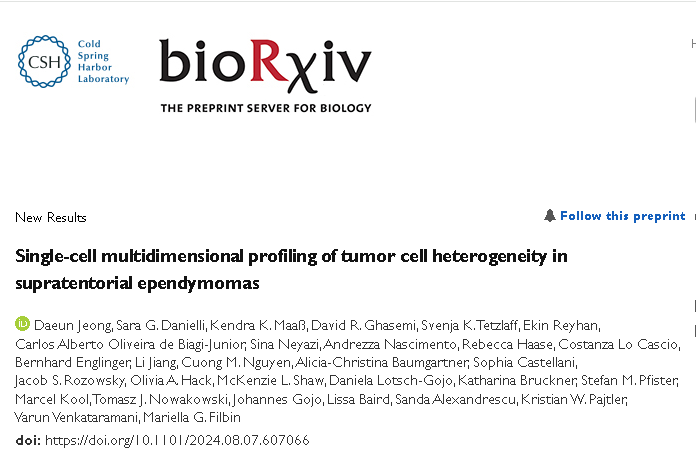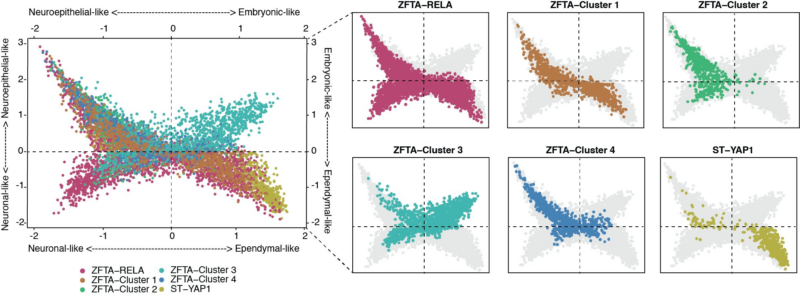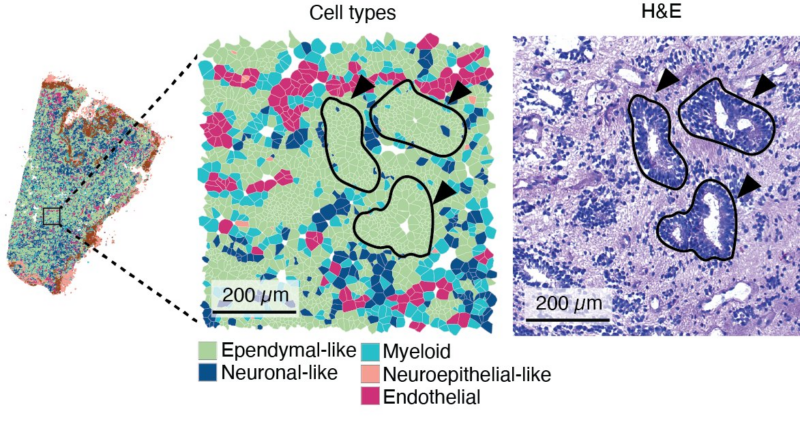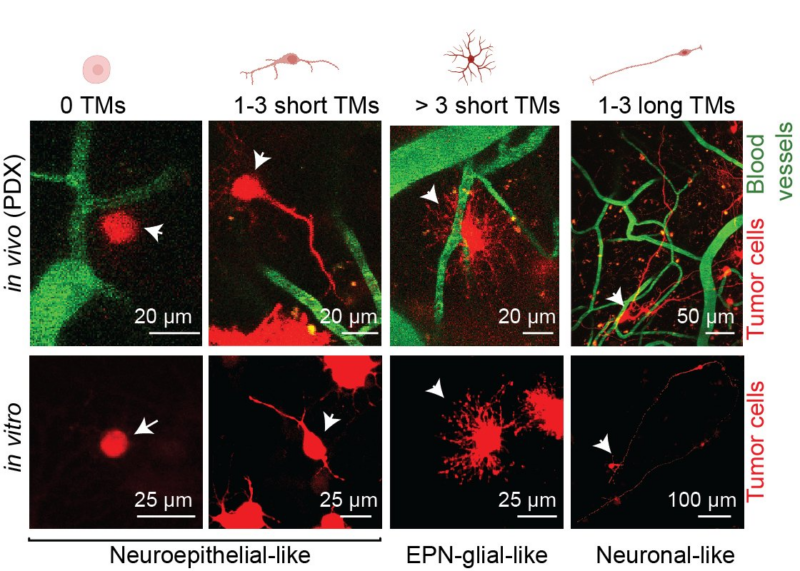Daeun Jeong, PhD Candidate at Harvard University/Dana Farber Cancer Institute, shared a post on X about a recent paper titled “Single-cell multidimensional profiling of tumor cell heterogeneity in supratentorial ependymomas” published in bioRxiv
Authors: Daeun Jeong et al.

“Thrilled to share this preprint of my thesis work at Mariella Filbin’s lab jointly with Sara Danielli on cell-intrinsic and extrinsic factors underlying malignancy in supratentorial ependymomas (ST-EPNs)!
ST-EPNs segregate into molecularly and clinically distinct subgroups, hinting at different developmental roots. But what are the developmental signatures and microenvironmental factors driving these tumors’ behaviors?
To answer these questions, we integrated single-cell & spatial transcriptomics with live cell imaging to map cell states, spatial organization, and dynamic behavior.

We found that tumor subgroups harbor two distinct progenitor-like cell states reminiscent of early human brain development and diverge in the extent of neuronal vs ependymal differentiation.

Next, we used 10X Xenium to characterize where these cells are, and by combining with HandE we could derive transcriptionally and morphologically distinct regions such as these distinct ependymal rosettes:

Similar to findings from Tirosh Lab in gliomas, we see distinct structured vs non-structured regions that are driven by MES/hypoxia, with recurrent patients having more structure and more MES!

Finally, we identified cell states with distinct morphology and behavior only in the presence of brain-resident cells.

Huge thank you to our collaborators Varun Venkataramani, Pajtler lab and all co-authors for helping this come together!”
Source: Daeun Jeong/X
